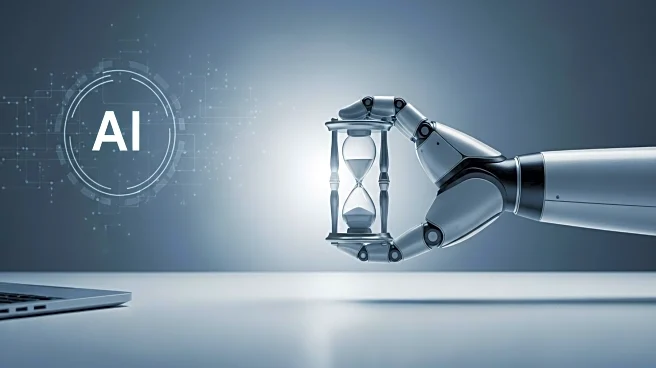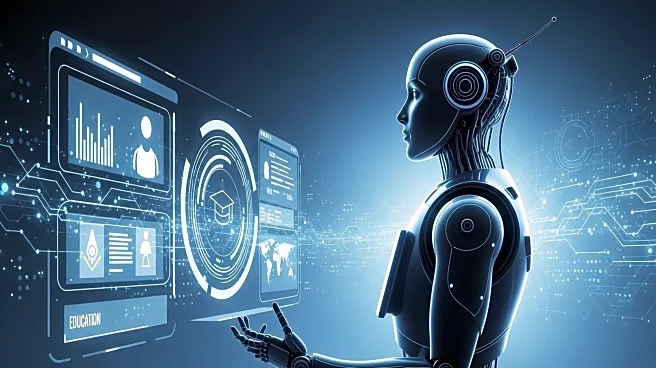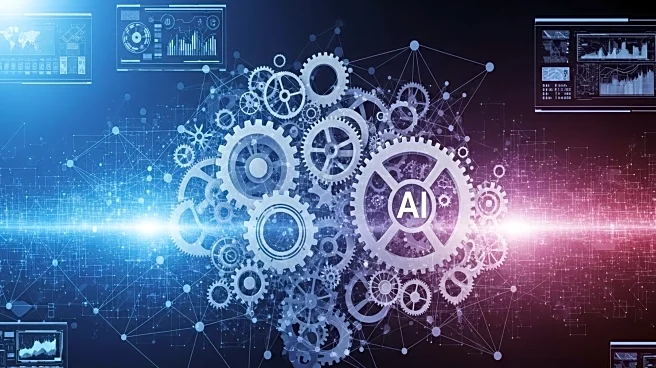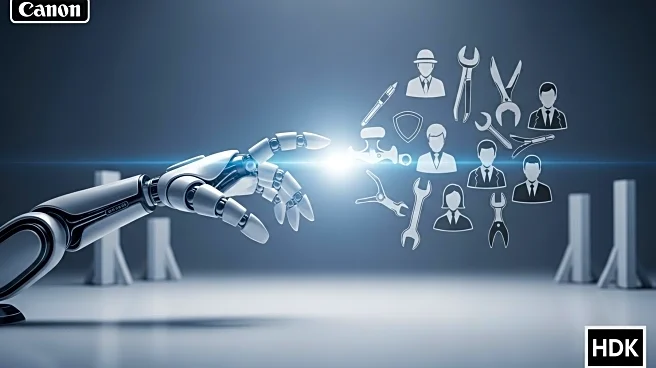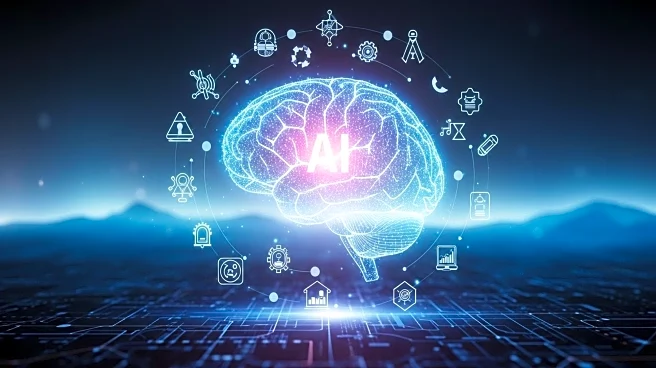What's Happening?
The Society for Human Resource Management (SHRM) has reported on the growing challenge of a global talent shortage, which could result in over 85 million unfilled jobs in key sectors like financial services, technology, and manufacturing by 2030. This shortage is compounded by the fact that only 6% of organizations have achieved high maturity as a Talent Optimizer. The introduction of artificial intelligence (AI) is further complicating workforce planning, as it indiscriminately affects various industries and roles, exacerbating the skills gap. Kathleen Pearson, CHRO at McDermott Will & Schulte, suggests organizations start by assessing their AI capabilities and then decide whether to build, borrow, or buy talent. Building involves reskilling existing employees, borrowing refers to hiring contract workers, and buying means recruiting full-time AI specialists.
Why It's Important?
The implications of this talent shortage and the integration of AI are significant for U.S. industries. Companies face increased pressure to adapt their workforce strategies to remain competitive. Reskilling existing employees is often the most cost-effective approach, as hiring new employees can be expensive. The shift towards AI-driven roles necessitates transparency and communication within organizations to mitigate fears of job displacement. Up to 19 million U.S. jobs are at risk due to AI, highlighting the need for strategic workforce planning. Organizations that effectively manage this transition can gain a competitive advantage by fostering a skilled and adaptable workforce.
What's Next?
Organizations are expected to continue refining their workforce strategies, focusing on reskilling and transparent communication to address AI-related changes. HR leaders are encouraged to treat this period as a catalyst for change, using it to audit skills and reskill aggressively. By doing so, they can not only weather the current talent storm but also position themselves as leaders in a rapidly evolving job market. The emphasis will be on creating a people-first strategy that leverages AI as a tool for enhancement rather than replacement.
Beyond the Headlines
The ethical and cultural dimensions of AI integration in the workforce are significant. As AI becomes more prevalent, organizations must address concerns about job security and the potential for increased inequality. Ensuring that AI is used ethically and transparently will be crucial in maintaining employee trust and engagement. Additionally, the long-term shift towards AI-driven roles may require changes in educational and training programs to better prepare future workers for the evolving job landscape.


